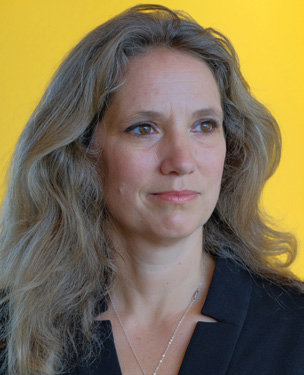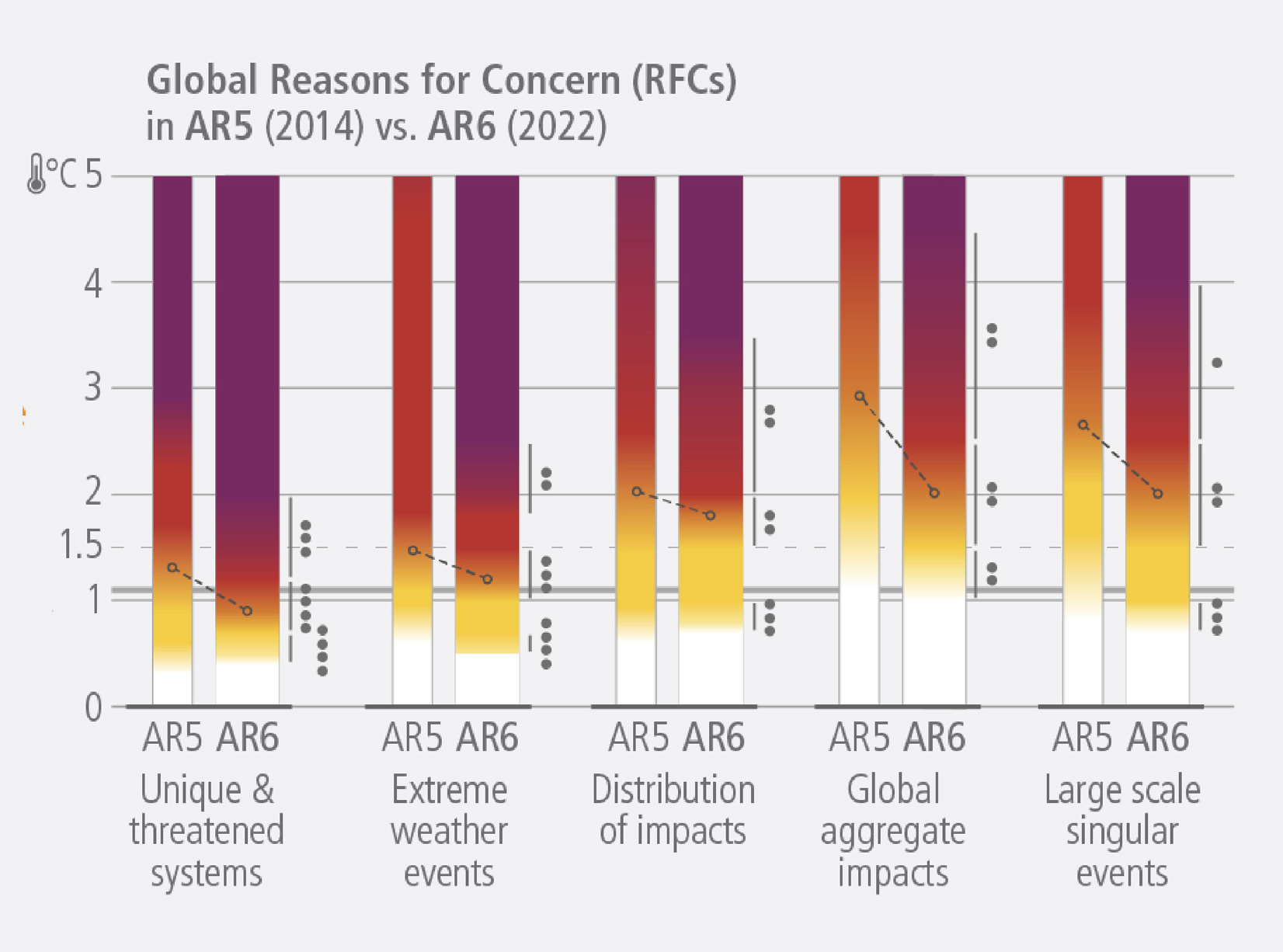FST JOURNAL
Mission Zero
DOI: https://www.doi.org/10.53289/ZRBV1585
Ensuring a liveable and sustainable future
Professor Emily Shuckburg

Prof Emily Shuckburgh OBE, Director of Cambridge Zero, is a climate scientist and mathematician, a Fellow of the Cambridge Institute for Sustainability Leadership, an Associate Fellow of the Centre for Science and Policy, and a Fellow of the British Antarctic Survey. She is also Professor of Environmental Data Science at the Department of Computer Science and Technology. She leads the UKRI Centre for Doctoral Training on the Application of AI to the study of Environmental Risks.
The most recent 6th Assessment Report from the Intergovernmental Panel on Climate Change (IPCC)1 states quite clearly that “there is a rapidly closing window of opportunity to secure a liveable and sustainable future for all”. That is a striking and unequivocal message from the IPCC. It sets out the stark scale of the threat and the way the climate challenge really does permeate everything. It then describes with clear evidence how human-induced climate change is already affecting many workers during climate extremes in every region across the globe.
Every new cycle of the IPCC assessment catalogues the increase in scientific understanding since the last one. One of those areas of increased understanding concerns the interconnectedness of different risks and, in particular, how climatic change can have knock-on effects in other spheres. Last summer, the UK experienced record heat of 40˚C and there was a direct impact on lives, particularly of the elderly who are particularly vulnerable to extreme heat.
There were severe floods in Pakistan. Our understanding of the interconnected nature of climate-related threats means that we see not just the direct impact of those floods, which caused some 1500 deaths and $30 billion worth of damage in Pakistan, but also the associated impact elsewhere, in terms of food security (Pakistan provides about half of the rice consumed in the UK each year), and the displacement of tens of millions of people. Each year, something like 25 million people are internally displaced within their regions as a result of climate events. That in turn drives migration and also conflict. So climate-related changes can exacerbate other threats.
Figure 1 is one of the critical illustrations in the Synthesis Report. It is a standard figure that has been used in the last three IPCC assessment cycles. It is entitled Reasons for Concern, but it is also known as the ‘burning embers’ diagram. It looks across key indicators of the global system and the threats to it. It captures the level of risk at different levels of warming. It compares these different key indicator areas between the 5th IPCC assessment report, which came out in 2014, and the most recent one, almost 10 years on. Importantly, the 5th Assessment was issued prior to the Paris Agreement, in fact it fed into the negotiations. It is clear from the comparison that our understanding of the risks today is significantly greater. The diagram also shows there are much higher risks associated with lower levels of global warming than was understood at the time the Paris Agreement was written. That has implications for the level and speed of mitigation required.
 Figure 1. Global reasons for concern in AR5 and AR6
Figure 1. Global reasons for concern in AR5 and AR6
The other key statements from the Synthesis Report include the conclusion that limiting warming involves rapid and deep – and in most cases, immediate – greenhouse gas emissions reductions across all sectors. The emphasis is on action this decade. If we had had this level of understanding when the warning was first raised around climate change, we might have an easier task on our hands today.
The pathway that is required from today, if we are to limit the warming to 1.5˚C with a reasonable chance of success, looks rather like going over a cliff edge. It is a real challenge.
However, the other key message from the report is that we should not give up hope. There are feasible, effective and low-cost options for mitigation and adaptation already available. And adaptation is critical as well as mitigation – it is sometimes forgotten. Another feature of the report is the greater understanding of co-benefits from reductions, particularly those associated with health through, for example, improved air quality.
Green technologies
There is of course a great deal of work across the world into green technologies to address climate change. At Cambridge, for example, we are looking at battery technologies which are essential to a zero carbon future, whether for electric vehicles, or storage, including grid scale options. The response to climate change requires the creation of a new way of living and the technologies being developed today will help make that future possible.
The IPCC has set out some of the critical elements that are required to support that transition at a global scale, but they are just as relevant at a UK scale. I was really struck by how much similarity there was between the statements in the Synthesis Report and the language of the Mission Zero review.
One is that tried and tested options available now need to be made to work in diverse contexts. A systems-based view of the challenge, with systems-based thinking embedded in the design of policies and regulations, will provide support for that net zero transition.
Fairness
Any transition must, however, embody the concept of fairness. This is highlighted strongly in the IPCC report, but also, for example, in the Citizens Assembly that was held in 2020 in the UK. It is absolutely central, not only for an effective, widely accepted net zero transition, but also because net zero is impacting a world where we are seeing increased inequalities. Ensuring that we are actually helping to alleviate those inequalities through our net zero transition is crucial. Fairness also feeds into the skills agenda in context of new green jobs.
Another common thread between the IPCC report and the Mission Zero review is the need for integration and cohesion across policies at different levels of Government, in the UK through local councils and the devolved administrations through to national Government, aligning as well with international efforts. There also needs to be cross-Government interconnectivity.
Finally, we should never forget one of the key messages from the IPCC report: our choices today will reverberate for hundreds, even thousands of years. What we do today will affect generations to come.
